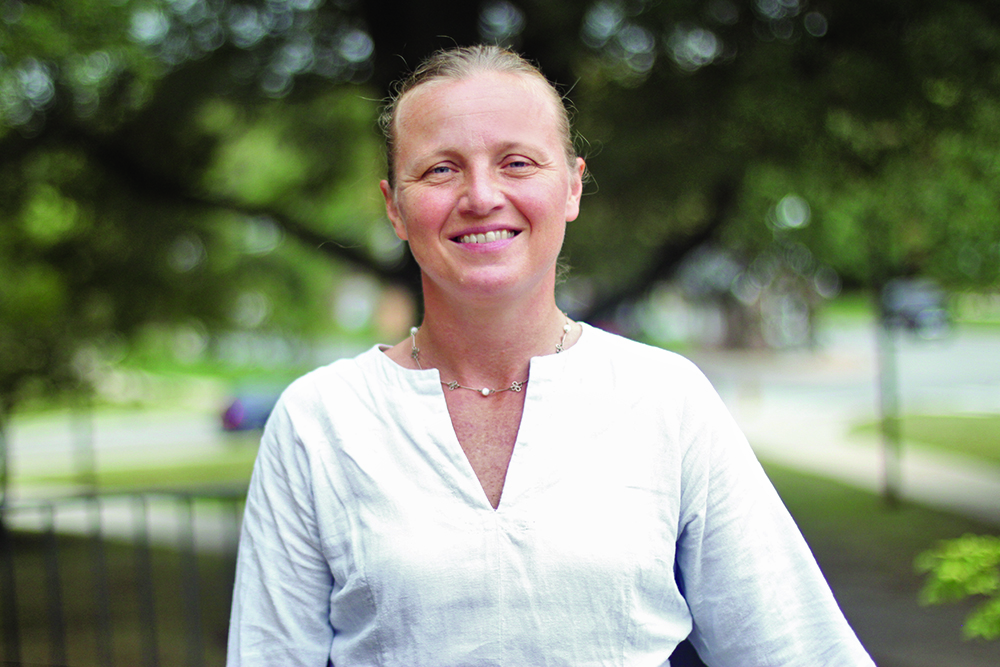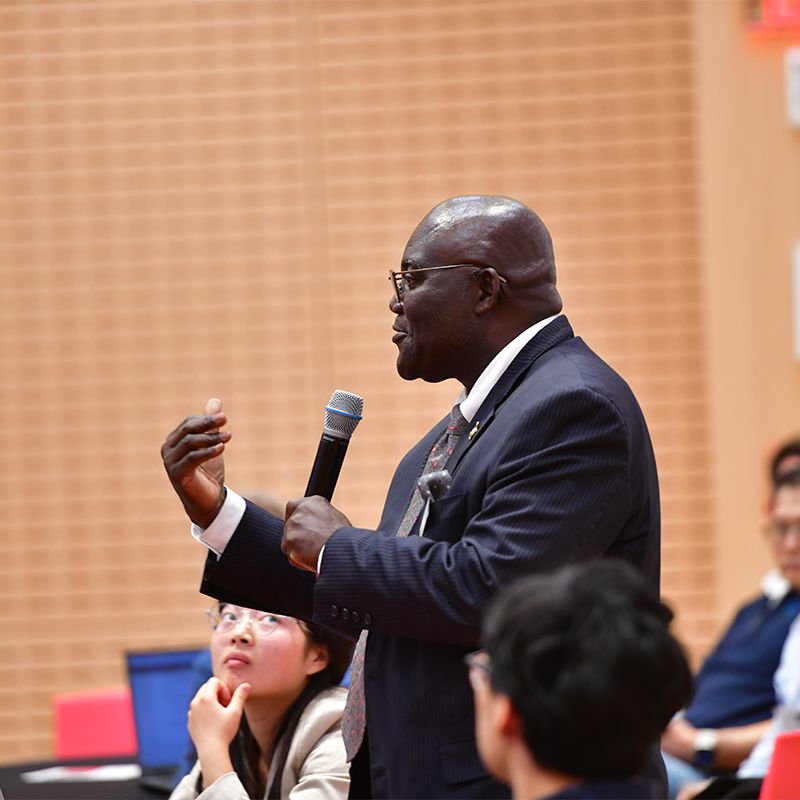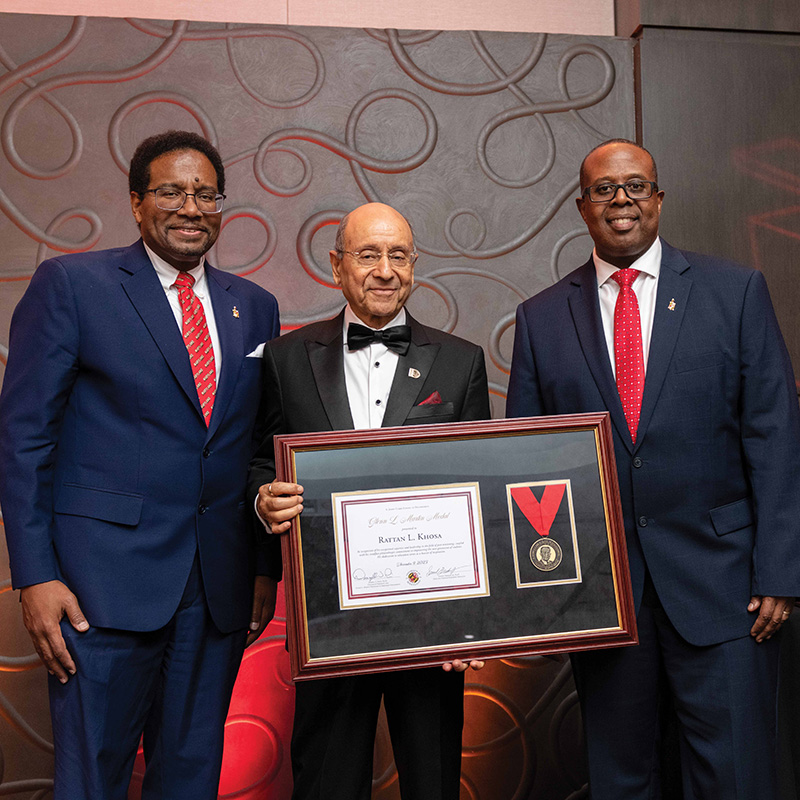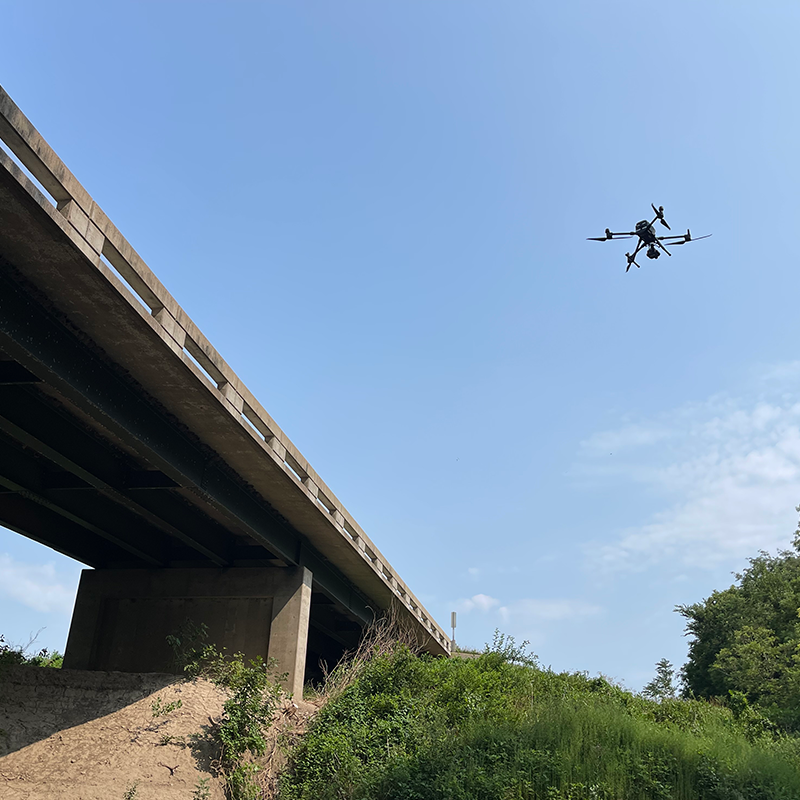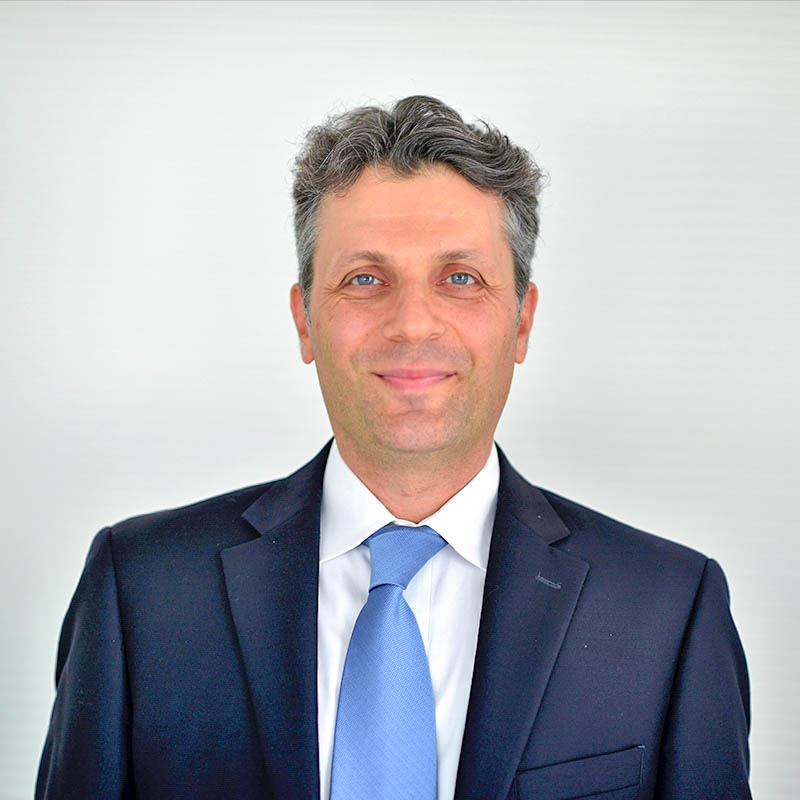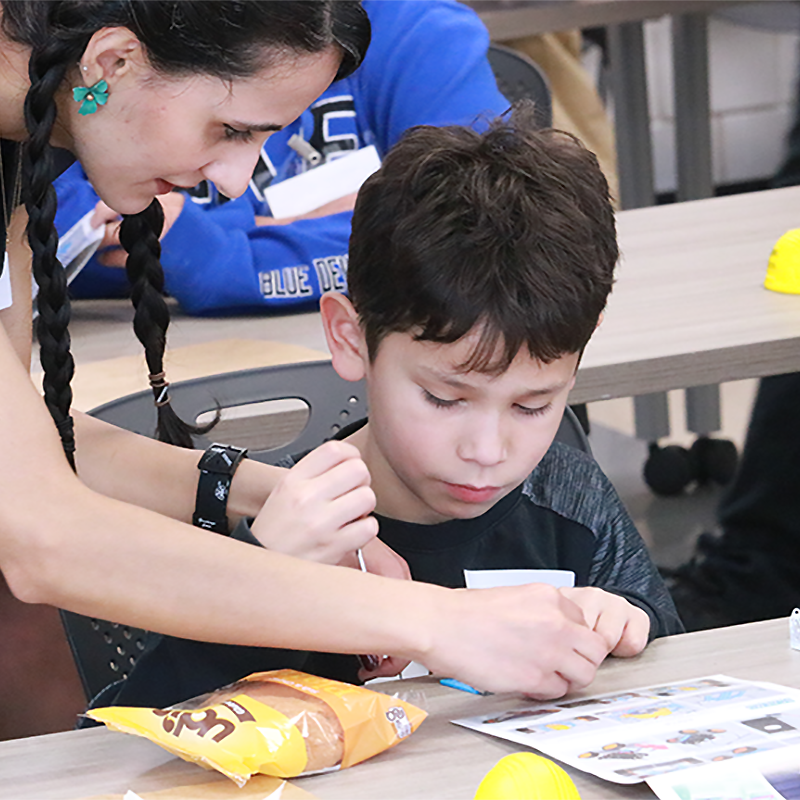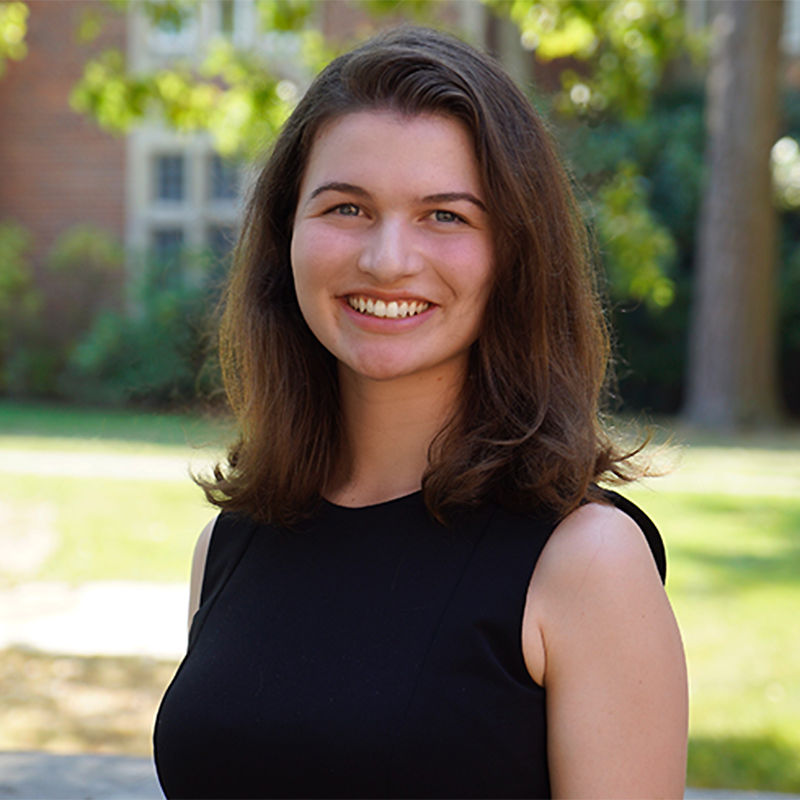News Story
Environmental Cleanup: Kjellerup Develops “Treatment Train”
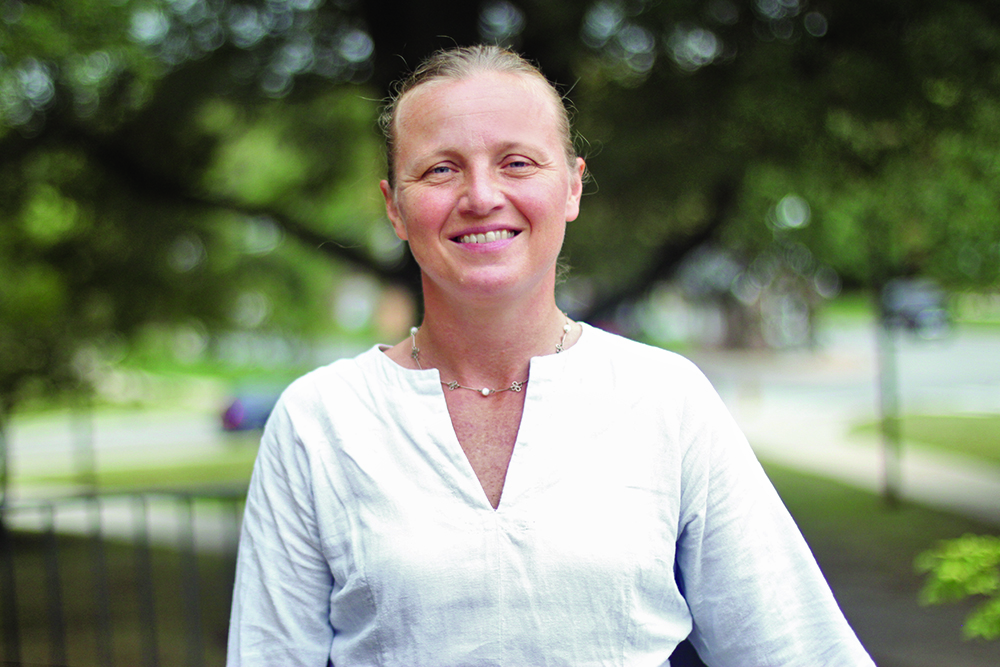
Cleaning up dangerous pollutants at military sites is no easy task, and the challenge is made even more difficult by the need to prevent stormwater from ferrying the toxins into civilian areas.
To address this hazard, the Department of Defense (DoD) is marshalling the expertise of University of Maryland (UMD) civil and environmental engineering faculty—including associate professor Birthe Kjellerup, one of the nation’s leading experts on biofilms.
Kjellerup, who recently wrapped up a Department of Defense (DOD)-funded study that investigated the use of microbial biofilms to break down polychlorinated biphenyl (PCB), is applying some of the findings to a second project, aimed at developing innovative ways to remove persistent organic pollutants (PoP) and metals from stormwater runoff, particularly from DoD sites.
Both studies received funding from the DoD through its Strategic Environmental Research and Development Program (SERDP), an environmental science and technology initiative run by the DoD in partnership with the Department of Energy (DOE) and the Environmental Protection Agency (EPA).
Kjellerup, together with UMD professor of civil and environmental engineering Allen P. Davis and collaborators at the University of Washington, is devising a “treatment train” that resembles, in principle, the systems that consumers use to filter tap water. The “train” envisaged by Kjellerup and colleagues involves several steps, each resulting in greater levels of decontamination.
“When the stormwater hits the first part of the system, the material there takes the brunt of the contamination and also concentrates it, allowing it to be removed and taken to a waste disposal site. Then the second and third steps clean the water further,” Kjellerup explained.
Kjellerup, together with UMD professor of civil and environmental engineering Allen P. Davis and collaborators at the University of Washington, is devising a “treatment train” that resembles, in principle, the systems that consumers use to filter tap water.
Finding an efficient solution for a mix of contaminants
One of the main challenges, she said, is in determining how to decontaminate different kinds of pollutants: metals such as copper, for example, won’t biodegrade the way that persistent organic pollutants do. Contaminated sites may include both organic pollutants, metals, or a mixture of both.
Thus, her team is experimenting with a number of different materials that can be used for decontamination purposes, including biochar, the result of exposing a waste material to very high temperatures. “We’re testing these different types of materials to see what combinations work best and do not introduce an additional form of waste. Recontamination is something we are very concerned about,” Kjellerup said.
UMD’s civil and environmental engineering department is uniquely poised to take on environmental cleanup challenges of this kind, Kjellerup said. The department is a hub for biofilms research, with Kjellerup editing the journal Biofilm and running a lab dedicated to this area of research. She also benefits from collaboration with experts on stormwater (Allen P. Davis), organic chemistry (Alba Torrents), wastewater treatment (Guangbin Li) and other aspects of environmental engineering.
Graduate students and post-docs in the UMD environmental engineering program have gone on to make significant contributions to decontamination research; among them is Staci Capozzi, who collaborated with Kjellerup on the SERDP project that finished in March.
“Staci made a crucial breakthrough in identifying the mechanism by which microbial biofilms are able to break down organic pollutants,” Kjellerup said. “She disproved a number of hypotheses and was able to show that adsorption is the mechanism.”
Capozzi, now with Geosyntec Consultants, is building off that finding as part of a newly awarded SERDP project launching later this year.
Published April 30, 2021

